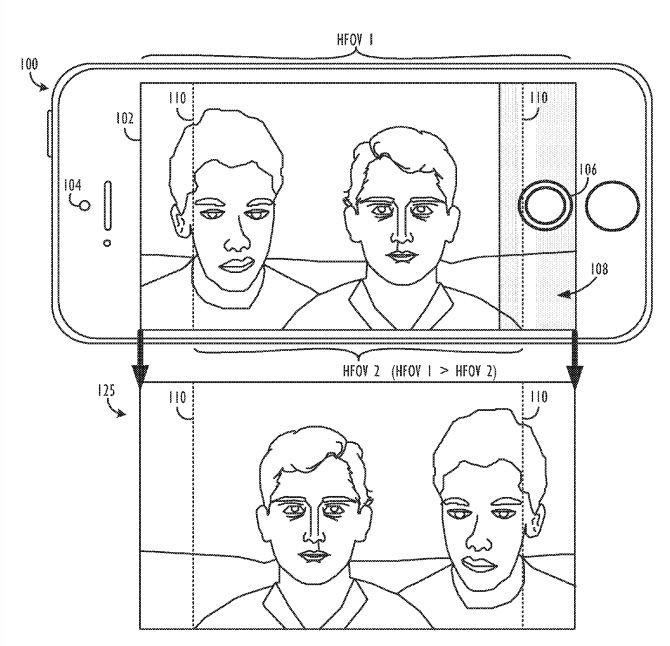iPhone Selfies May Look Better In The Future Thanks To This Patent
Imagine taking selfies using an iPhone, only to notice one day that your self-portraits are consistently higher quality than they used to be. Perhaps you won't know why, assuming your skills have improved. Per a newly published patent, it may in fact be Apple's own software improving your selfies by subtly forcing you to take better shots.
According to the details in this newly-awarded patent, Apple has its sights set on a new camera technology that can intelligently determine whether someone is going to take a low-quality selfie and prod them to make necessary adjustments by tweaking the preview image. The phone may, for example, crop the preview image in a way that forces the user to move their hand further away, reducing lens distortion.
Cropping isn't the only method the camera software may use; there's also the possibility of changing the image's scale, for example, shifting the image or even zooming it, all of this done in an effort to 'coax' the user into adjusting how they hold the phone. The end goal, at least according to the patent, is to make the user take higher-quality selfies even if they don't have the technical knowledge or skill to do so.

It seems such technology, if it were to make its way into the iPhone in the future, would result in consistently better selfies from individuals who own iPhones, possibly making the handset a more attractive option amongst the selfie-obsessed consumer base. Whether users will like being forced to take selfies in a way that looks good by someone else's standards is less clear.
Meanwhile, the patent also details using adjustments to make group selfies easier, namely through the use of a wider aspect ratio...but only when images are snapped using the front camera in landscape mode. In that case, the software would utilize a greater field of view and wide angle to provide more surface area in which individuals can be imaged. The wider angle and FOV, though, wouldn't be applied to selfies taken in a regular portrait mode.
SOURCE: Patently Apple
